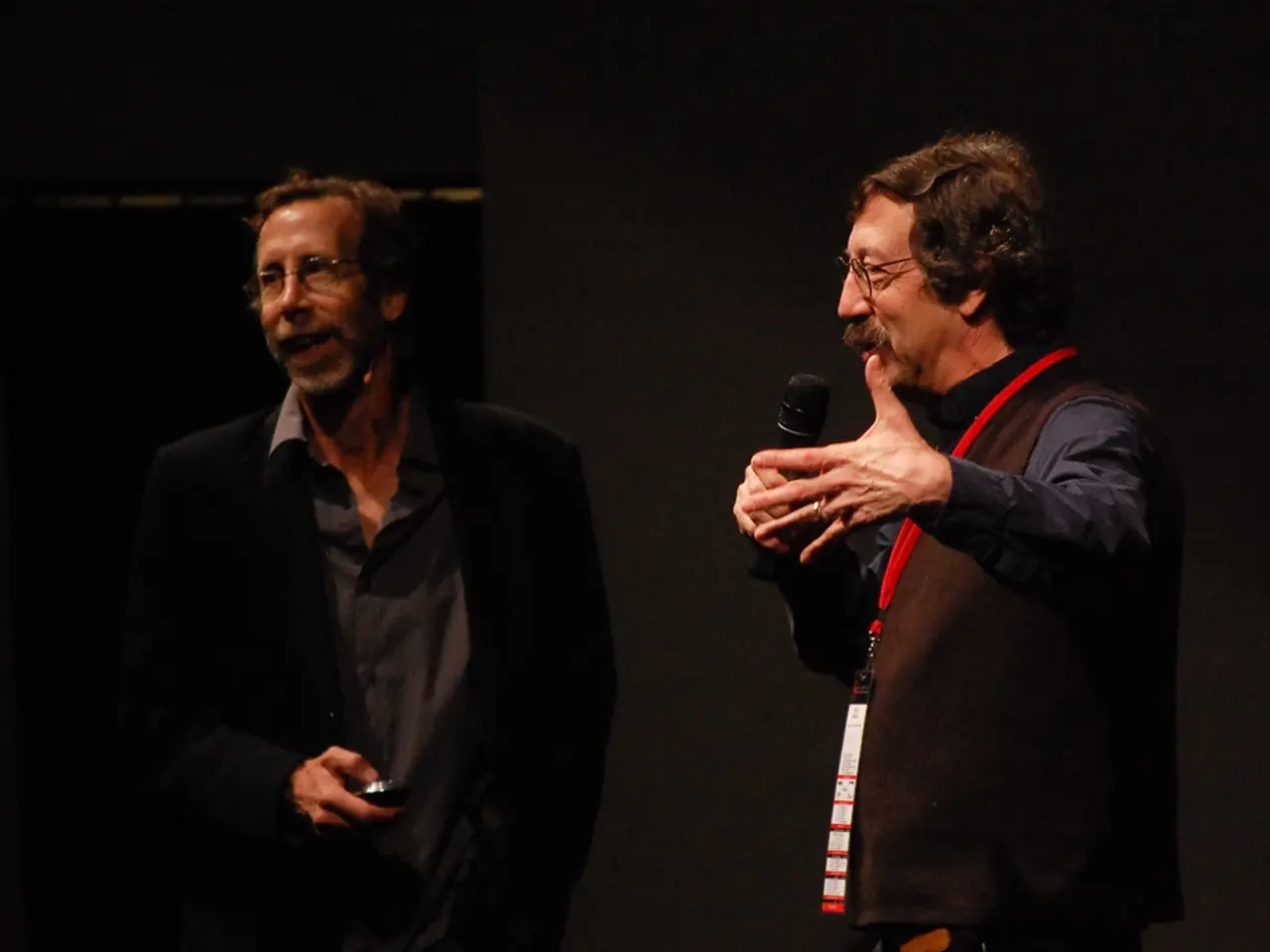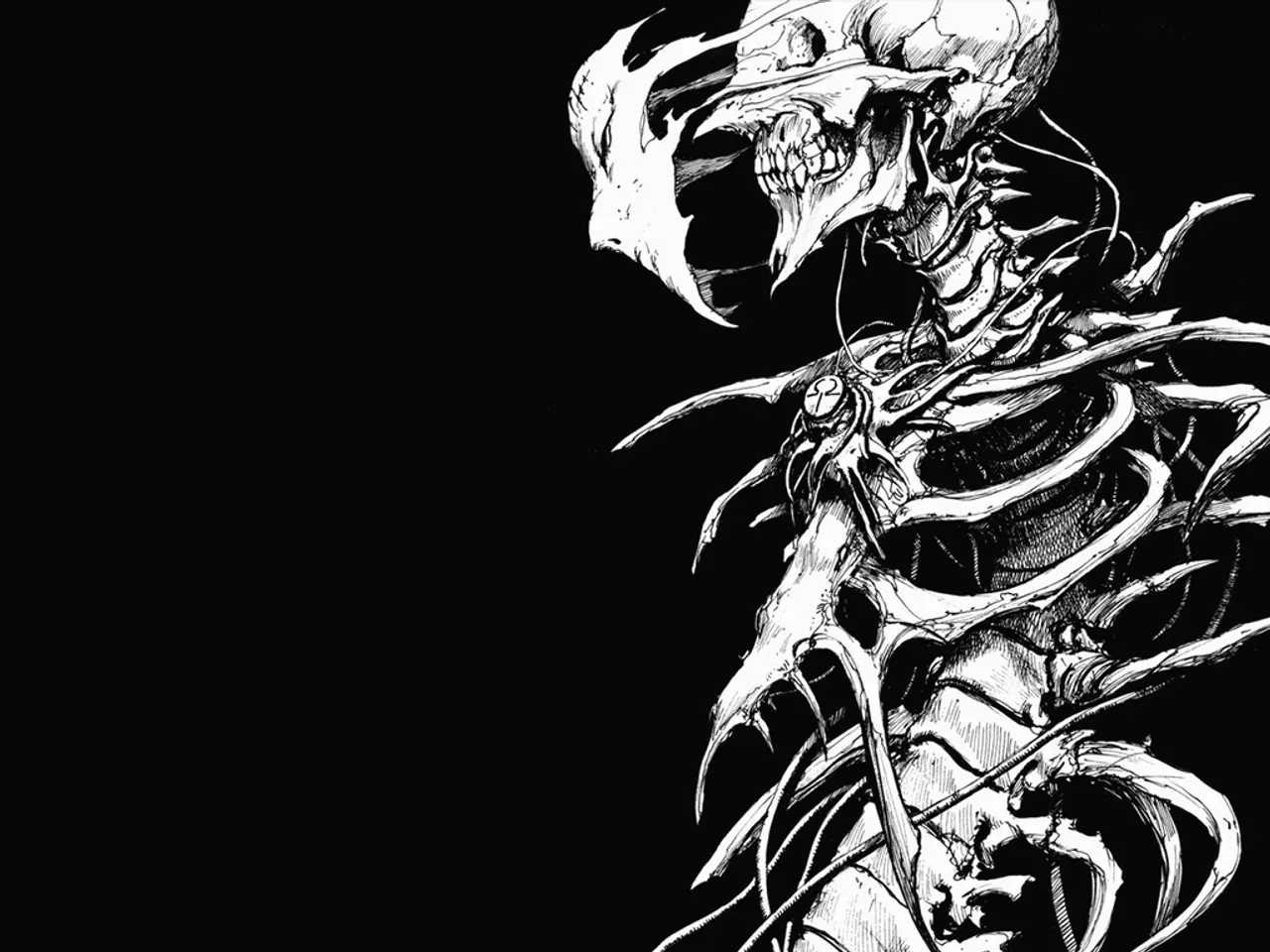Timeless Impact ofTimeless Bollywood Thrillers: An Odyssey Through Cinema History
In the world of cinema, the impact of classic Bollywood thrillers is undeniable. These films, pioneered in the early 1950s, have shaped the narrative style of Indian films and influenced genres globally.
The 1960s and 1970s are often considered the golden era for Bollywood thrillers. Directors like Raj Khosla, Bimal Roy, and V. Shantaram paved the way with films such as Kohraa (1964) and Madhumati (1958), setting the stage for a new wave of thrillers.
During this time, Ramesh Sippy and Subhash Ghai took the thriller genre to new heights. Their films, such as Sholay (1975) and Deewar (1975), combined elements of action, drama, romance, and musical, creating a hybrid "masala" format that became a hallmark of Bollywood. Sholay, often described as an action thriller and the most iconic Bollywood film, incorporated influences from Hollywood's spaghetti westerns while crafting uniquely Indian characters and storytelling formats that resonated widely, helping Bollywood enter the consciousness of Western audiences and producers.
The legacy of classic Bollywood thrillers continued into the 1980s and 1990s, with actors like Amitabh Bachchan and Shah Rukh Khan becoming synonymous with thrilling roles. Films like Don (1978), Shakti (1982), and Baazigar (1992) blended elements of action, suspense, and drama, introducing neo-noir and antihero characters, further expanding the narrative complexity and stylistic diversity of Indian cinema.
The psychological thriller became a prominent sub-genre in Bollywood during the 1990s. Films like Darr (1993), Anjaam (1994), and Kahaani (2012) delved deep into the psyche of their protagonists, attracting global viewers with new themes and storytelling innovations influenced by Western literature and film.
In recent years, the future of Bollywood thrillers looks promising, with advances in technology allowing for more immersive and visually captivating narratives. Films like Andhadhun (2018) and Badla (2019) have garnered attention worldwide, demonstrating the ongoing influence of classic Bollywood thrillers on modern filmmakers like Anurag Kashyap, Dibakar Banerjee, and Rajkumar Hirani.
Moreover, Bollywood’s horror and thriller genres have evolved to engage more psychological depth, as seen in recent supernatural thrillers like Nikita Roy (2025), which focus more on psychological tension rather than traditional horror tropes. This shows Bollywood's ongoing influence and dialogue with global cinematic trends.
The heart of the thriller genre—an engaging story, complex characters, and emotional depth—will always remain unchanged. The impact of classic Bollywood thrillers is evident in the way modern thrillers are constructed, with a strong emphasis on suspense, character development, and plot twists. The global appeal of these films is a testament to the enduring quality of these films and their ability to resonate with audiences worldwide.
References:
- Chandra, S. (2018). Bollywood Thrillers: A Historical Perspective. Journal of South Asian Cinema, 10(1), 73-96.
- Vasudevan, R. (2000). The Contemporary Hindi Film: Genre, Narrative and Spectatorship. Oxford University Press.
- Srinivas, A. (2002). In Search of Indian Cinema. Oxford University Press.
- Jha, S. (2025). The Evolution of Bollywood Horror and Thriller Genres. Journal of South Asian Cinema, 15(3), 123-140.
- Singh, V. (2013). The Impact of Western Influence on Bollywood Thrillers. Journal of Indian Cultural Studies, 11(2), 181-198.
Movies-and-tv in the modern era showcase a blend of genres, drawing inspiration from classic Bollywood thrillers of the past. For instance, animated movies like Pixar's Monsters University (2013) exhibit elements of drama and thriller, weaving captivating narratives with complex characters and suspenseful plot twists, echoing the tradition set by early Indian films.
Entertainment today extends beyond cinematic screens, with technological advances resulting in the creation of thrilling TV series, such as Stranger Things (2016-2022), which has gained worldwide acclaim for its action-packed storylines, psychological depth, and dramatic twists, embodying the essence of thrillers.
Beyond Bollywood and Hollywood, animation can serve as a powerful tool in storytelling, creating immersive yet thought-provoking narratives. Examples include animated productions like the Japanese thriller series Death Note (2006-2007) and the American psychological drama BoJack Horseman (2014-2020), demonstrating the global reach and enduring appeal of diverse thriller formats.





